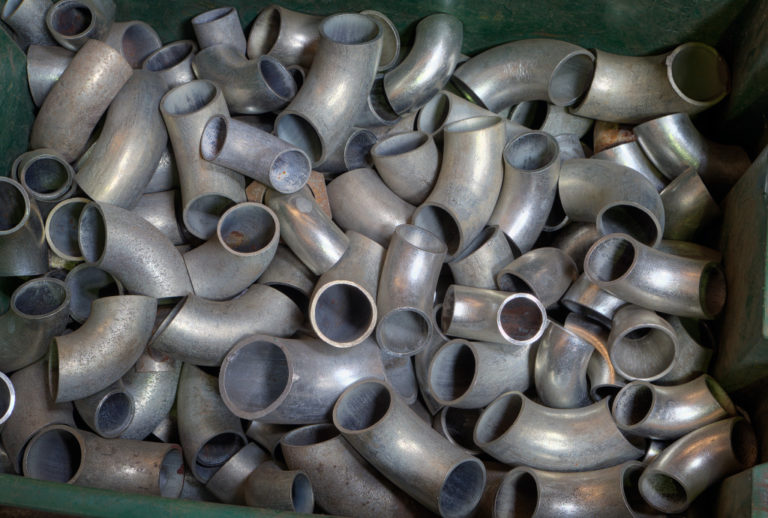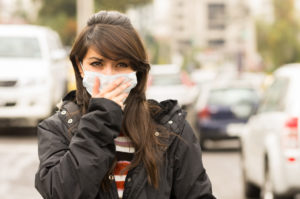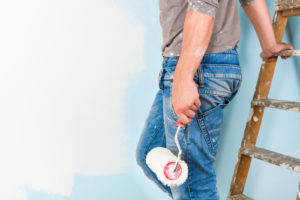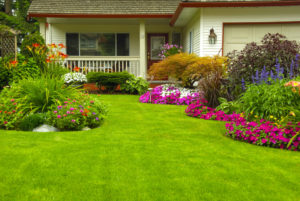Sometimes, an unexpected burst pipe can cause extensive water damage to your home. This is especially true if you aren’t there when it happens and the main causes of this risk include leaks, clogs, and freezing temperatures. By being aware of these threats and taking a few simple precautions, you can reduce the chance that a burst pipe will occur in your home.

#Step 1: Know When Your Pipes Are at Risk
As mentioned before, leaks and frozen pipes are common causes for bursts pipes. However, there are also some less-frequent causes, such as clogs or deterioration from rust or mineral deposits. Knowing when each of these risks occurs will help you to be on the lookout.
#Step 2: Keep an Eye on Your Drains and Leaks
Leaks are one of the most common causes of burst pipes, so you should regularly check your sinks, toilets, and tubs for signs of leaks. Most homeowners don’t think to check their sinks or toilets for leaks because they believe that they can be more easily detected in a tub or a bathroom.
However, leaking faucets and valves found in many sink fixtures have been known to go unnoticed for long periods due to being hidden from plain sight. If you suspect a slow leak in any fixture, turn it off immediately and call a professional.
#Step 3: Drain Outdoor Hose Bibs During Winter
Even if your pipes aren’t connected to an outdoor hose, be sure to drain the water from your outside faucets during the winter. If you don’t, this excess water can freeze and cause a pipe to burst in cold temperatures.
#Step 4: Be Careful with Water Heaters and Appliances
Water heaters and appliances such as washing machines and dishwashers need their own particular attention because they use pressurized pipes with high levels of water pressure inside them.
This means that if one component is faulty or wears out prematurely, it can create a heavy surge of sudden pressure, which causes a rupture within the system.
So get your water heater and boiler repaired as soon as possible if you notice that the pressure is high or if any of your system’s components seem to be in poor condition.
#Step 5: Take Preventative Measures Against Frozen Pipes
Frozen pipes are often caused by more than just freezing weather. They can also be caused by your insulation being ineffective or even because the pipes are installed in a poorly-ventilated area. Because of this, you should insulate your plumbing where it is exposed to cold temperatures.
However, if outside temperatures drop below freezing, always allow the faucet that feeds into an outdoor hose or irrigation system to trickle slightly at all times. This will help to prevent frozen pipes during the winter months.
#Step 6: Protect Exposed Pipes
Exposed pipes are more susceptible to freeze and can be damaged by heavy snow if they aren’t properly protected.
If you have any exposed pipe on the exterior of your home, make sure it’s wrapped with heating tape or thermostatically controlled heat cables that activate whenever temperatures drop below freezing.
Additionally, if you have exposed water pipes inside your home that aren’t insulated or heated, relocate them to a well-ventilated area such as an unheated basement or crawlspace. Otherwise, protect them with insulating covers and sleeves to prevent these portions of the piping from freezing due to lack of ventilation.
What to Do if You Have a Frozen or Burst Pipe
If any pipe in your home freezes and bursts, take the following actions:
- Shut off the main water supply valve and open all faucets inside and outside your house to allow for pressure relief. This will help prevent further damage by reducing the chance of other nearby pipes bursting due to excess pressure that has built up behind them.
- After allowing time for the initial burst pipe to thaw, use a screwdriver or pliers to remove the frozen part of the pipe that is still attached to both valves. Be sure to wear protective gloves when doing this because it will likely be quite cold.
- After removing the burst section of piping, disinfect the area with household bleach containing sodium hypochlorite before drying completely. Use paper towels for wiping up excess water to cut down on moisture that can speed up corrosion and future damage. You should also dry out your home’s interior by opening windows and using fans if possible for at least several days after repairing your broken pipes.
It’s important to be proactive in preventing a burst pipe from happening in the first place. Following these simple tips can help you reduce the risk of this occurring and save you time, money, and hassle down the road. If you’re ever faced with a frozen or burst pipe, remember to take the necessary steps to mitigate as much damage as possible.













